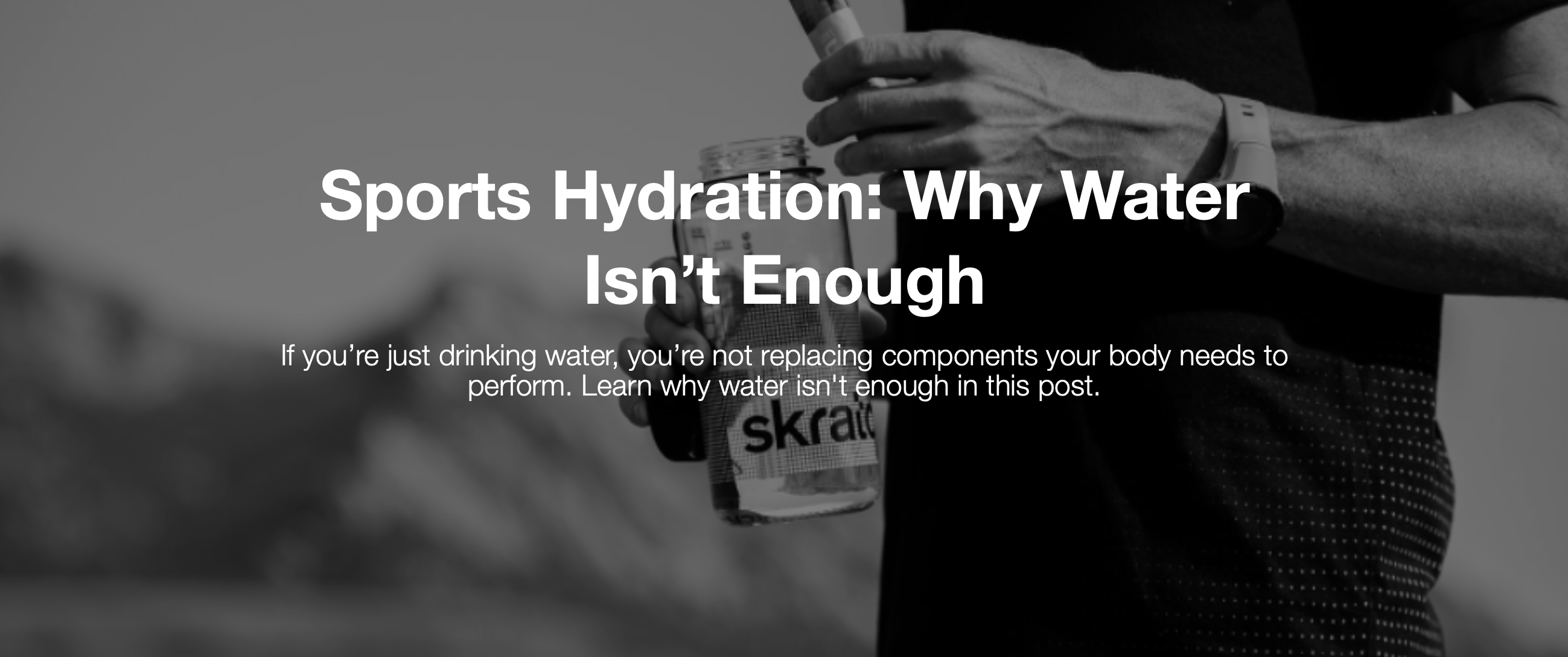
When it’s that time of year and the day’s are heating up, electrolytes and their role in hydration become an important topic for anyone training or racing outside. Drinking only water at this point will lead one down an uncomfortable road of unneeded suffering and lack of performance. A lot of people have heard the term electrolyte and may have a vague understanding of what it means, but here is a more detailed explanation of what they are, what they do and how to get enough.
What are electrolytes and what do they do?
Chemically, an electrolyte is a substance that, when in fluid, dissociates into electrically charged ions. The positive or negative charge carried by these ions is what allows our body’s cells to use electrolytes to carry electrical impulses throughout the body. When you’re training or racing, electrolytes are crucial in maintaining your body’s ability to transmit nerve impulses and contract muscles. Electrolytes serve other biological functions, too, including water balance and distribution to working cells as well as acid-base balance.
What does all that mean? Basically, electrolytes help your muscles to fire. When you exercise, your muscles are firing and are working hard. The sweat produced by the hard work is evidence that electrolyte salts are being flushed out of the body. I’m sure you, or your dog, has had a taste of that salty sweat before. Maybe you’ve even seen the salty residue on your clothing or hats. This salt (and other electrolyte minerals) leaving your body, MUST be replaced. It is a common mistake that athletes make to assume that the fuel or recovery products being used have enough, but some products contain electrolytes and some do not. It is important to replace both energy and electrolytes to prevent “hitting the wall” or cramping up during a race and/or recovery well afterwards.
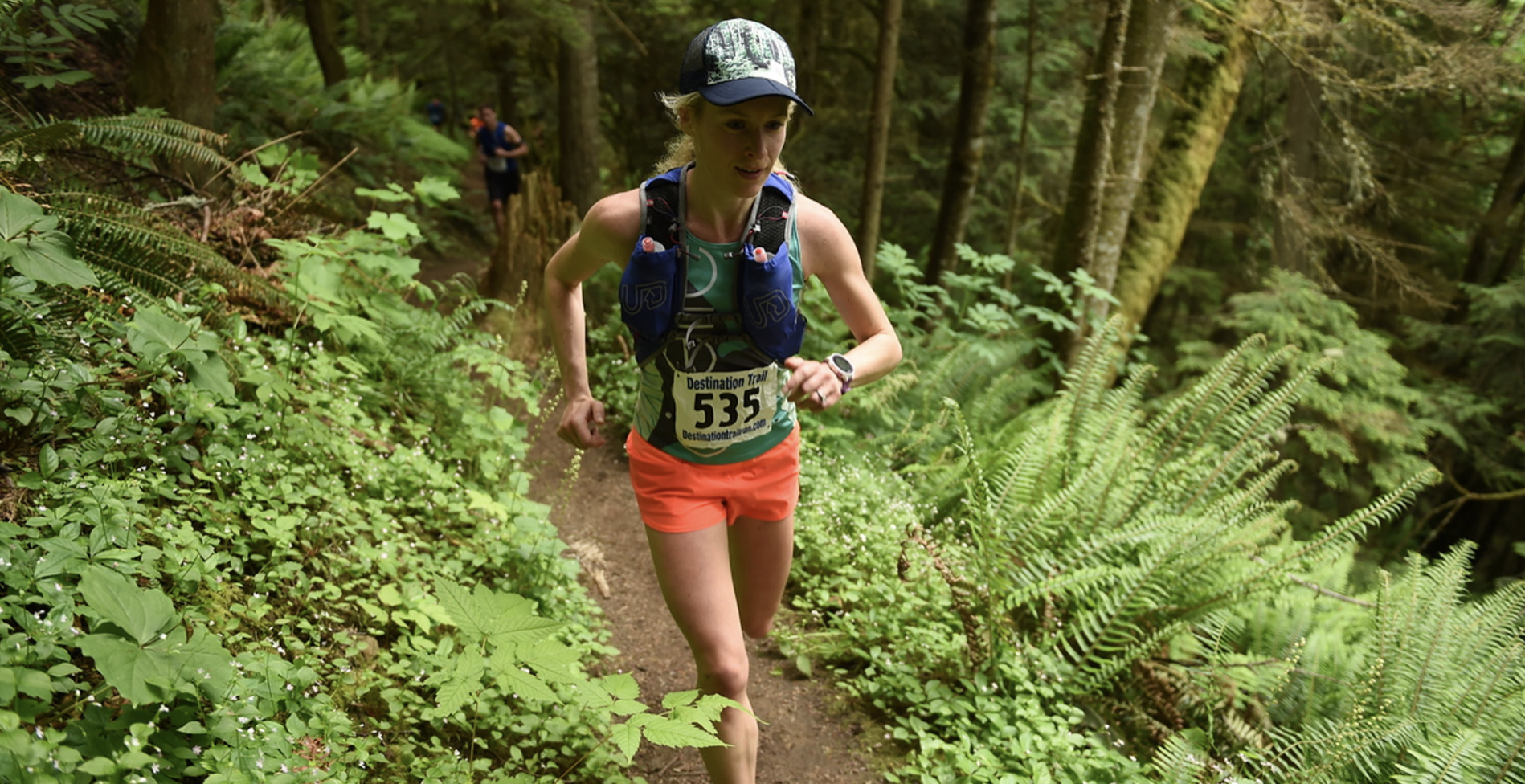
How many electrolytes do I need and what products are best to use?
On average, consuming 500 mg of Sodium (along with the other electrolyte minerals) per hour is a good place to start. If it is getting to be over 80 degrees, its really humid and/or your effort is really high then taking 1000 mg of sodium is a good idea. These numbers could go up or down depending on how big you are or if you are a heavy sweater. But, for the most part this works for most people.
There are a few different ways to get your electrolyte supplement requirements met. There are fizzy tablets, drops or powders you mix with water, pills, and electrolytes added to carbohydrate gels and drinks. Here are some of our favorites and how to use them.
*Remember that some of your carbohydrate products have electrolytes as well, so it’s good to read those labels to see what you are already getting.
NUUN: Nuun tablets are fizzies you put in your water to increase the electrolyte content. They are convenient, delicious, have no sugar and come in a variety of flavors. Nuun is a great very low calorie way to turn your regular water into a hydrating and refreshing beverage for during or after activity. 1-3 tablets (300mg sodium per tablet) per hour is recommended. *Nuun is not a fuel, so it can be used to wash down your energy gel or other food item. Can be used after as well to replenish electrolytes.
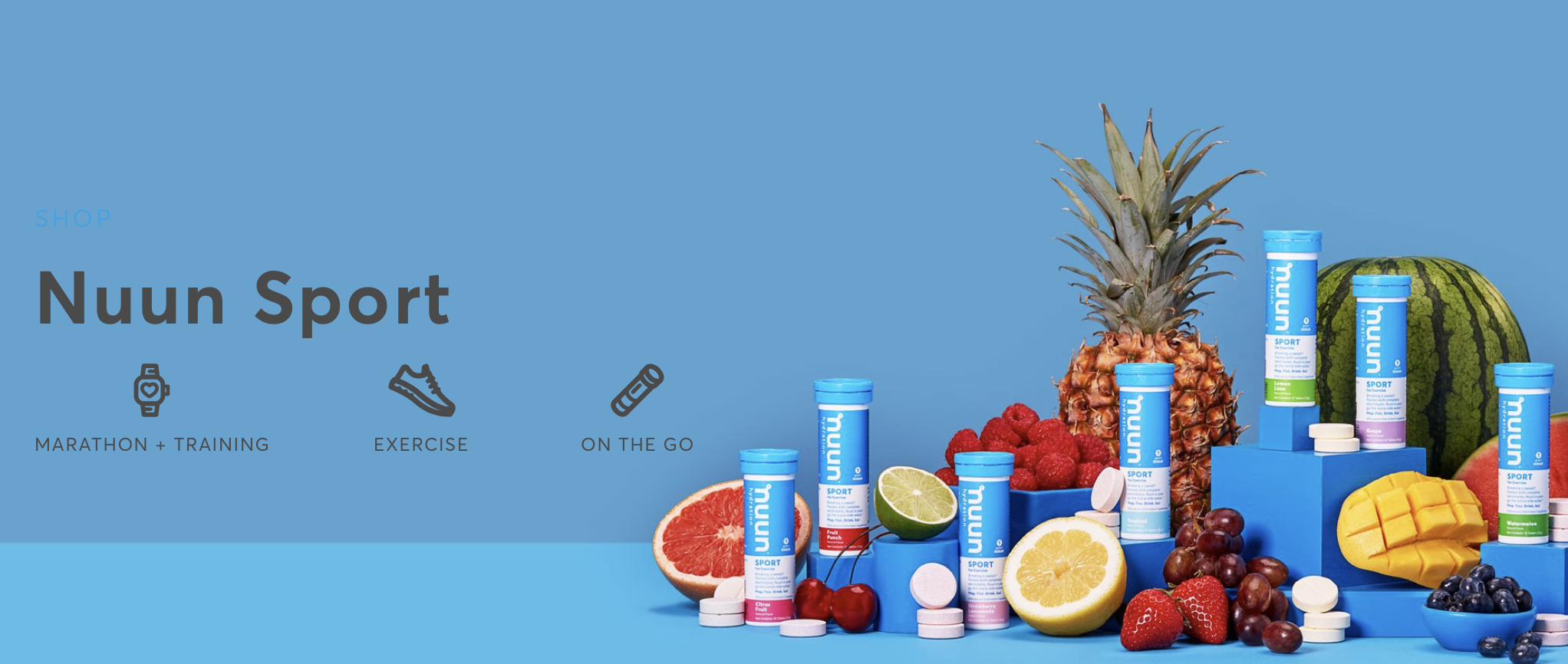
Salt Stick: These are buffered electrolyte salts in a pill form which reduce heat stress, reduce muscle cramping, and maintain your electrolyte levels. One great thing about Salt Stick, besides it’s dynamite combination of Na, K, Ca, and Mg, it has 100 IU vitamin D to aid in calcium absorption. Many other supplements do not have this added vitamin. 2 pills (500mg sodium) should be taken with water once every 30-60 minutes during activity. Many people like these because they don’t want to flavor water, they are easy to carry in a baggie and easy to modify dose during the workout or race. *These pills are NOT a source of energy.
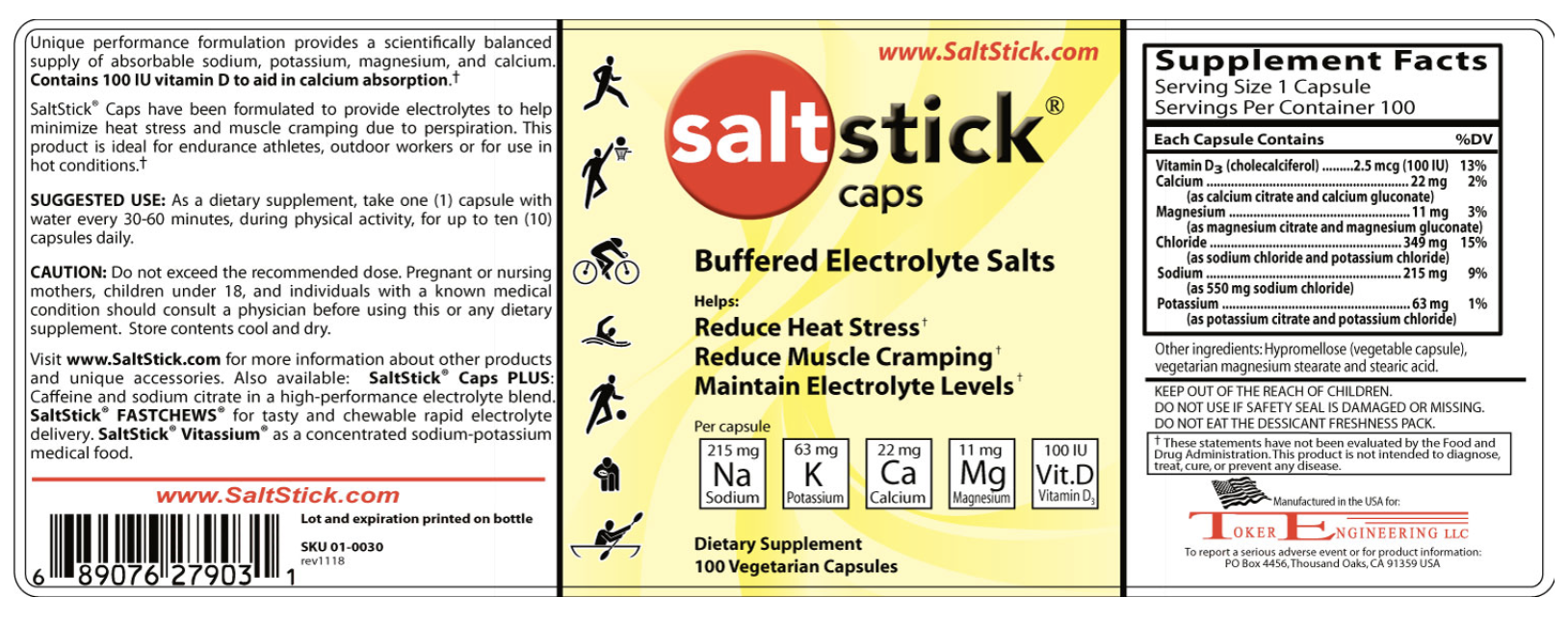
SKRATCH: This drink is one example of a good way to get your fuel and Electrolytes in the same product. Each serving is about 20 grams of carbs and 380 mg sodium. Taking 2-3 servings of this product per hour will cover most energy and electrolyte needs at the same time. It is also known for not being overly sweet and is flavored with real fruit flavoring.
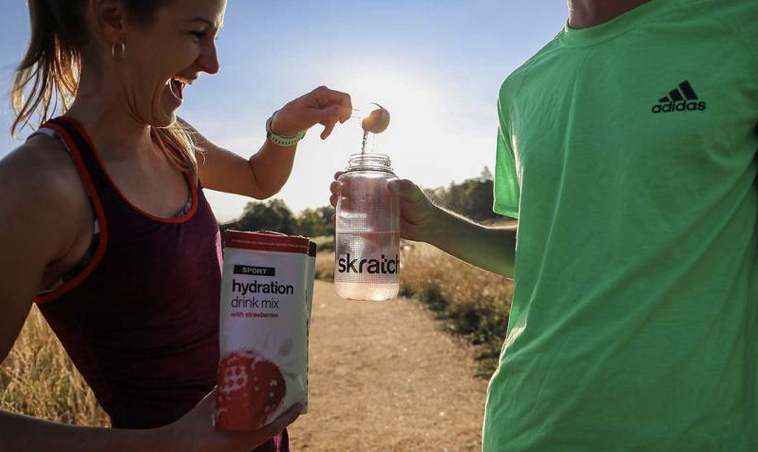
Getting it figured out
SLRC carries these electrolyte products and others as well. The best advice when nailing down your workout and race electrolyte intake is to try out a lot of different options and see what your body likes the best. What works for your training partner might not work for you, so be open to trying new things.
Still have questions about electrolytes? Stop by any SLRC location to check out all the products available and ask our SLRC staff any question you may have about them.

 >
>